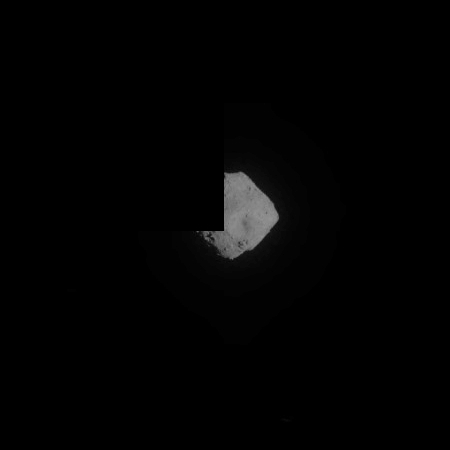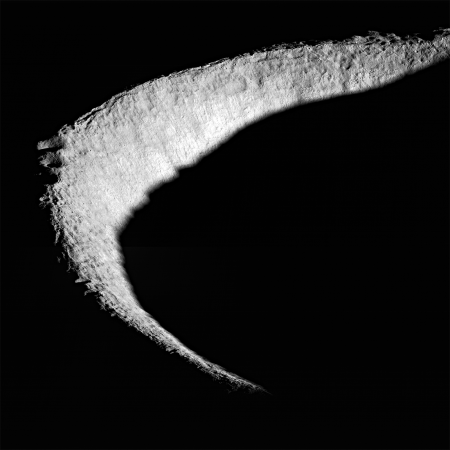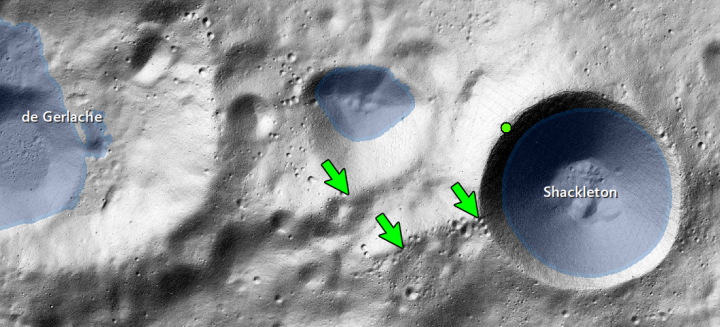Turkey releases jailed American citizen
Turkey yesterday released an American citizen and former NASA researcher whom they had arrested in 2016 during their effort to squelch a failed coup.
39-year-old Serkan Golge has been in Turkish custody since 2016 when he was arrested in the southern part of the country while on vacation. The arrest occurred in the midst of a failed coup attempt where thousands were detained on dubious evidence as suspicions swirled in the Turkish government. Golge was sentenced to five years on terrorism charges.
…Golge was accused of working with U.S.-based cleric Fethullah Gülen, whom the Turkish government alleged was the mastermind behind the failed coup attempt. The only evidence authorities had against Golge was a $1 bill they found after searching his brother’s house. Turkish prosecutors alleged that Gülen would give blessed $1 bills to his followers.
Though the decision to release Golge was made by the Turkish courts, don’t be fooled. This was done for political reasons. It occurred only hours after Trump and Turkish President Recep Tayyip Erdoğan completed a phone conversation about trade and tariff issues. They apparently did not discuss Golge, but I am sure Erdoğan realized that getting Gloge released would make negotiations with Trump easier.
Turkey yesterday released an American citizen and former NASA researcher whom they had arrested in 2016 during their effort to squelch a failed coup.
39-year-old Serkan Golge has been in Turkish custody since 2016 when he was arrested in the southern part of the country while on vacation. The arrest occurred in the midst of a failed coup attempt where thousands were detained on dubious evidence as suspicions swirled in the Turkish government. Golge was sentenced to five years on terrorism charges.
…Golge was accused of working with U.S.-based cleric Fethullah Gülen, whom the Turkish government alleged was the mastermind behind the failed coup attempt. The only evidence authorities had against Golge was a $1 bill they found after searching his brother’s house. Turkish prosecutors alleged that Gülen would give blessed $1 bills to his followers.
Though the decision to release Golge was made by the Turkish courts, don’t be fooled. This was done for political reasons. It occurred only hours after Trump and Turkish President Recep Tayyip Erdoğan completed a phone conversation about trade and tariff issues. They apparently did not discuss Golge, but I am sure Erdoğan realized that getting Gloge released would make negotiations with Trump easier.





